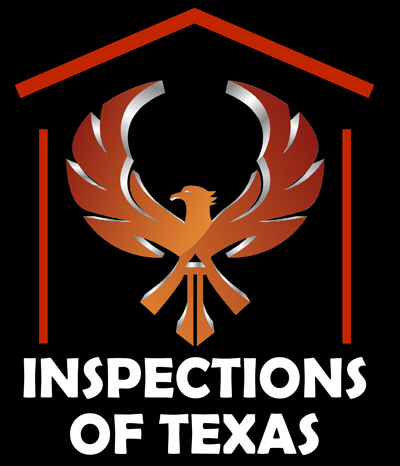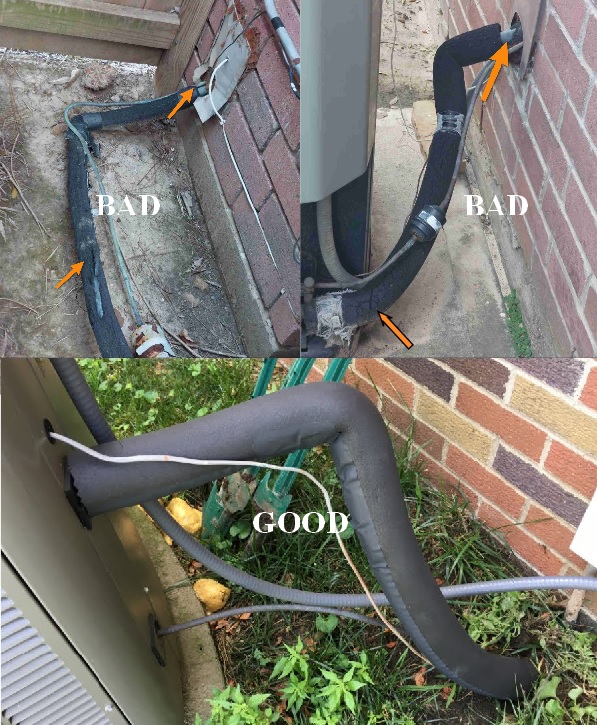At first thought a contract for a heating and cooling technician to come to your house and take care of routine maintenance several times a year seems good. Inspectors recommend having the air conditioning and heating checked before each season’s usage. If a company really does the job it’s contracted for, we are in favor of it. Experience shows that a lot of people are taken advantage of by companies that don’t do the work. People who can no longer check things for themselves are at their mercy and very upset when we find problems with their HVAC systems.
What is a Heating, Ventilation, Air Conditioning company contract? There are two types of contracts that are common. A Scheduled Maintenance Plan is offered by the HVAC company. The HVAC system will be inspected and serviced twice a year by a technician ahead of the need for air conditioning or heating. An Extended Service Plan covers the labor cost of repairs and is often offered by a third party. Both contracts cover preventive maintenance and minor parts replacement, while major repairs are not covered. Having a contract with a company also usually means you will get priority service if anything does go wrong.
However, inspectors commonly find problems on HVAC systems under contract. Many systems haven’t had the basic, inexpensive maintenance completed such as the outside condenser unit cleaned of debris and the liquid coolant line properly insulated. In the attic, the evaporator drain pan is rusted, showing that moisture sat in the pan. The unit should drain at the primary drain. If that is clogged, the secondary drain drips outside. Rust accumulates when the two drains are not working properly. Air conditioning not meeting the proper differential between the air coming out of the ducts and its return to the system (15-22 degrees) is a problem. Sometimes, this is caused by a lack of coolant. These items cause the system to work harder and need to be replaced earlier.
Inspectors also see issues with the air ducts. The ductwork can develop leaks or inefficiencies. Straps that hold the ductwork in place can break, which can cause sagging and other straps to pinch the duct, reducing the air passage. When the duct is pinched or touching another duct, the insulation no longer works efficiently and can become wet. Additionally, the insulation on the outside of the ducts can tear or degrade. Moisture on the plenum is another issue. The moisture from an air leak can develop into mold in the attic. All of these problems should be seen by the HVAC technician who is routinely inspecting the equipment.
When units are correctly inspected twice a year, issues can be caught early and repaired at a substantially lower cost before they become a big problem. This is the main reason homeowners want a contract. One easy way to know if the basic maintenance is being done is to look at the coolant line on the outside unit between the house and unit. If the insulation looks old, torn, or like an alligator, this is your first indicator proper maintenance is not performed. If it appears to be well-wrapped, the technician is at least attending to the basic needs of the unit and your money is well-spent.

